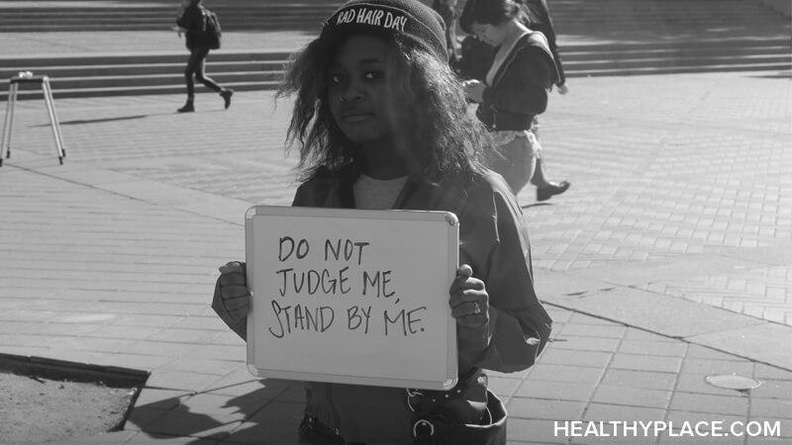Substance Abuse Stigma: An Obstacle in Addiction Recovery

Substance abuse stigma is but one obstacle on the path to addiction recovery. Legal troubles, medical issues, psychological problems, family issues, and work-related issues make up some others. But the stigma surrounding substance abuse adds insult to injury. For some, these obstacles to addiction recovery have the power to throw a person off the path to recovery. During a time when people need love, support, and encouragement, stigma makes recovery challenging. Substance abuse stigma can be found within an addict (self-stigma) and from outside influences.
What Is Substance Abuse Stigma?
Stigma is defined as a mark of disgrace associated with a circumstance, quality, or person. Substance abuse stigma assumes many forms. It shows itself as prejudice, discrimination, fear, shame, distrust, and stereotyping.
To define stigma, the Center for Drug Abuse Panel 2000, explains five important points.
- Addiction-related stigma is a powerful, shame-based mark of disgrace and reproach.
- Stigma is generated and perpetuated by prejudicial attitudes and beliefs.
- Stigma promotes discrimination among individuals at risk for, experiencing, or in recovery from addiction, as well as individuals associated with them.
- Addicted people and people in recovery are ostracized, discriminated against, and deprived of basic human rights.
- Individuals who are stigmatized often internalize inappropriate attitudes and practices, making them part of their self-identity.
Where Does Substance Abuse Stigma Come From?
Addiction-related stigma can be found internally and externally for the addict. The internalized stigma comes from addicts themselves. Feeling like victims and blaming themselves creates low-self-esteem. Addicts can begin to feel that they don't have the power to become greater.
Externally, there are several places substance abuse stigma can be seen. One place is from the addiction recovery community. Recovering people stigmatize each other. Statements such as, "I only drank beer; I never used an illicit drug," are a perfect example of substance abuse stigma from the recovery community. Another happens when people who drank or smoked their drug look down on those who used intravenously.
That brings us to the onslaught of substance abuse stigma from the public. Because of lack of education, ignorance, and fear, the general public is never short on discrimination, mistrust, prejudice, and stereotypes.
It is not the belief of others, it is the stigma within that affects me the greatest. It is the deeply rooted disdain that seems to be threaded within the fabric of my being that stagnates my progress. It reveals its ugly face when I perceive that what I have to offer is not substantial. It is the belief that I am not worthy or good enough. It is the belief that I don't have what it takes to make it. - Marianne Ali, Kitchen Manager, D.C. Central Kitchen, Washington D.C.
Source
APA Reference
Kuykendall, M.
(2017, November 30). Substance Abuse Stigma: An Obstacle in Addiction Recovery, HealthyPlace. Retrieved
on 2026, January 20 from https://www.healthyplace.com/blogs/debunkingaddiction/2017/11/substance-abuse-stigma-an-obstacle-in-addiction-recovery